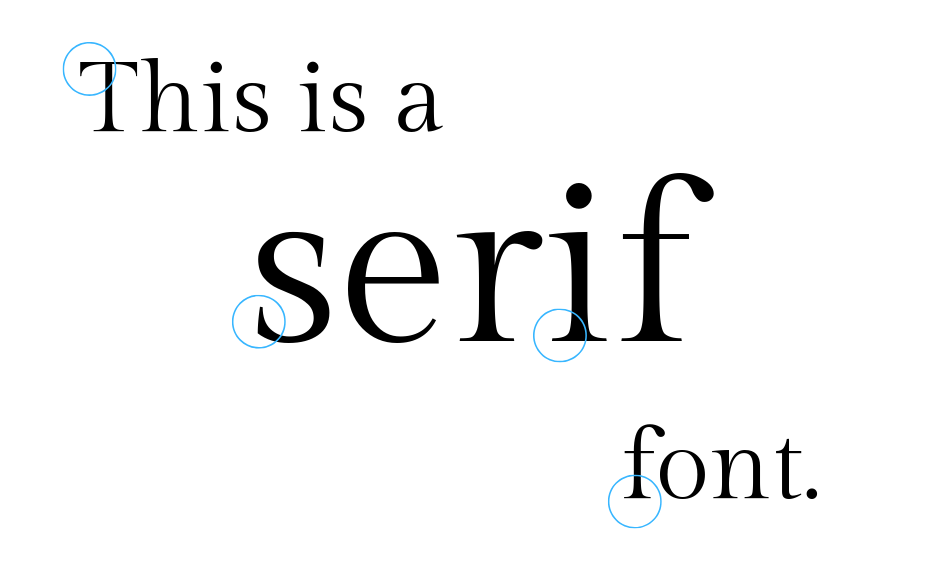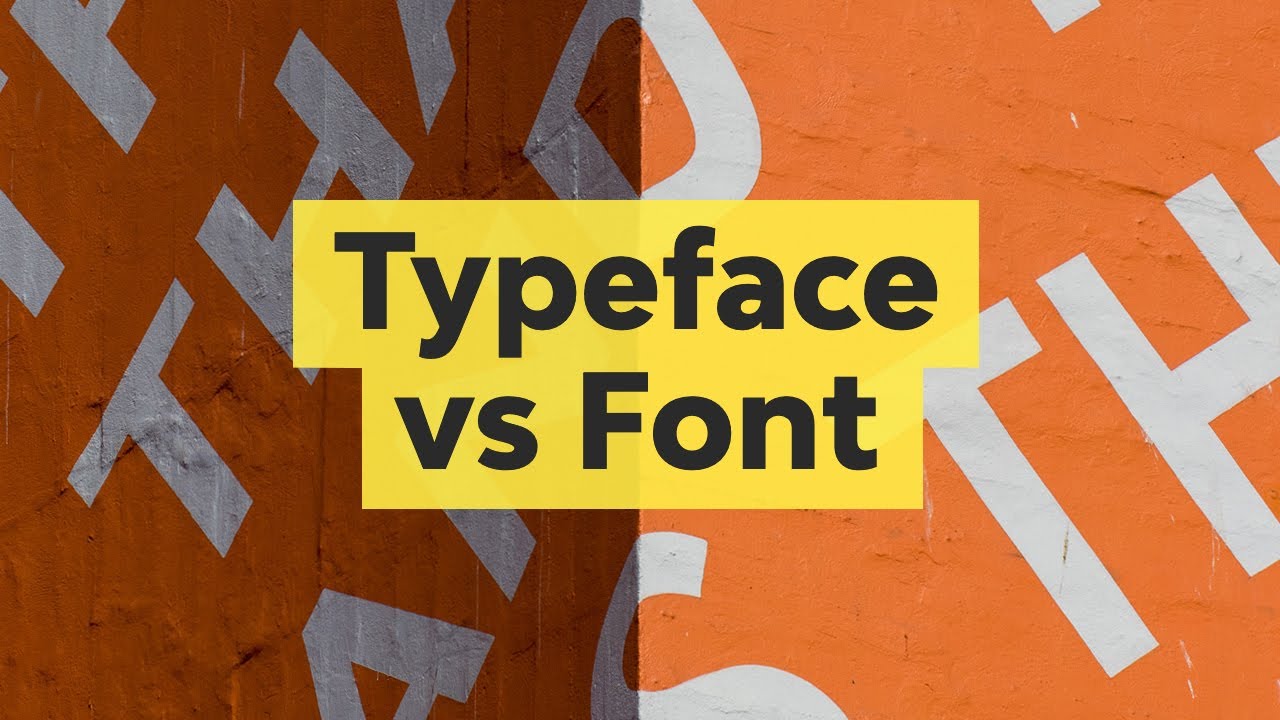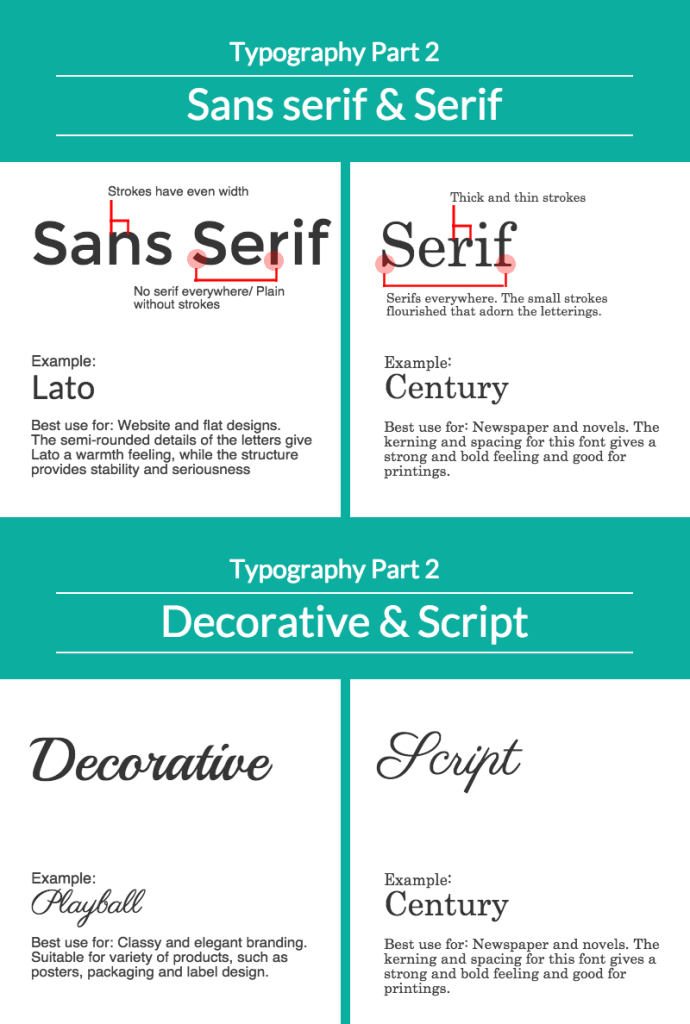
"Red" says what hue is being referred to, just as "Garamond" identifies a definite typeface. "Bold Roman Garamond" could be considered analogous to "Dark Red". "Typeface" is to type what "Hue" is to color: it's the recognizable characteristic that differentiates it and is given a name. The Roman (or "Regular"), Italic, Bold, Semibold, Regular Display/Subhead/Text/Caption, Extended, Condensed, etc., of a typeface are all fonts within the same typeface. To a lot of the population in broad contexts, the difference between the two has no relevance to the context of what they are saying, so with no reason to specifically use one over the other, they may use the terms interchangeably.Ī font is a file that generates a particular style of characters in a given typeface. For example in metal typesetting a font was the collection of metal letters (sorts) for printing a typeface in a certain size and style. The term "font" does however pre-date digital typography. Modern fonts typically represent a single style of a typeface (weight, slant, variation etc) but contain scalable vector information that can be rendered at any size (though, different styles may be optimised for use at different sizes). Typeface refers to the overall design of the letter shapes, and not to any specific style or method of reproducing them.īy font we usually now mean a digital file which "generates" text (usually containing infinitely-scalable vector representation of glyphs). So, my question is: Does the difference between a 'font' and a 'typeface' subside in the language? Or are font and typeface now used interchangeably even by pros?Ī font creates letters in a given typeface using a certain size and style.

It’s a subtle difference, but often a useful one. People might say that Arial is a poor typeface (derivative and uninspiring), but a valuable font (huge range of glyphs, great international support, reliable at all sizes and on all devices, etc etc). for international use or their hinting is flakey at certain sizes or their default kerning tables are inconsistent, etc etc. Lots of type foundries produce amazing typefaces that make for frustrating fonts because they lack important glyphs e.g. Most of the time, people use "font" and "typeface" interchangeably, but occasionally you need to focus on one or the other, like how sometimes musicians write great songs, but release bad recordings of those songs or never record them. Song/typeface …"), and "font" when you’d use "track" (" … so I’m Use "typeface" when you’d use "song" (e.g. Here’s an analogy I adapted from this Fontfeed article, "Font or Typeface?": That font is usually a package for a typeface, but not always: Wingdings, Chartwell and icon fonts like Font Awesome are fonts without typefaces.

If you talk about the font, your focus is more on the product, the item or package that can be bought, downloaded or stored in a box, etc. It might have come from a font, or it might not: hand-painted signs, graffiti art, comic lettering, calligraphy, logos etc can all have distinctive typefaces without fonts.


If you talk about the typeface, your focus is on the end result, some type’s appearance and aesthetics in use. They’re almost interchangeable – but there’s a difference of emphasis that can be useful.


 0 kommentar(er)
0 kommentar(er)
